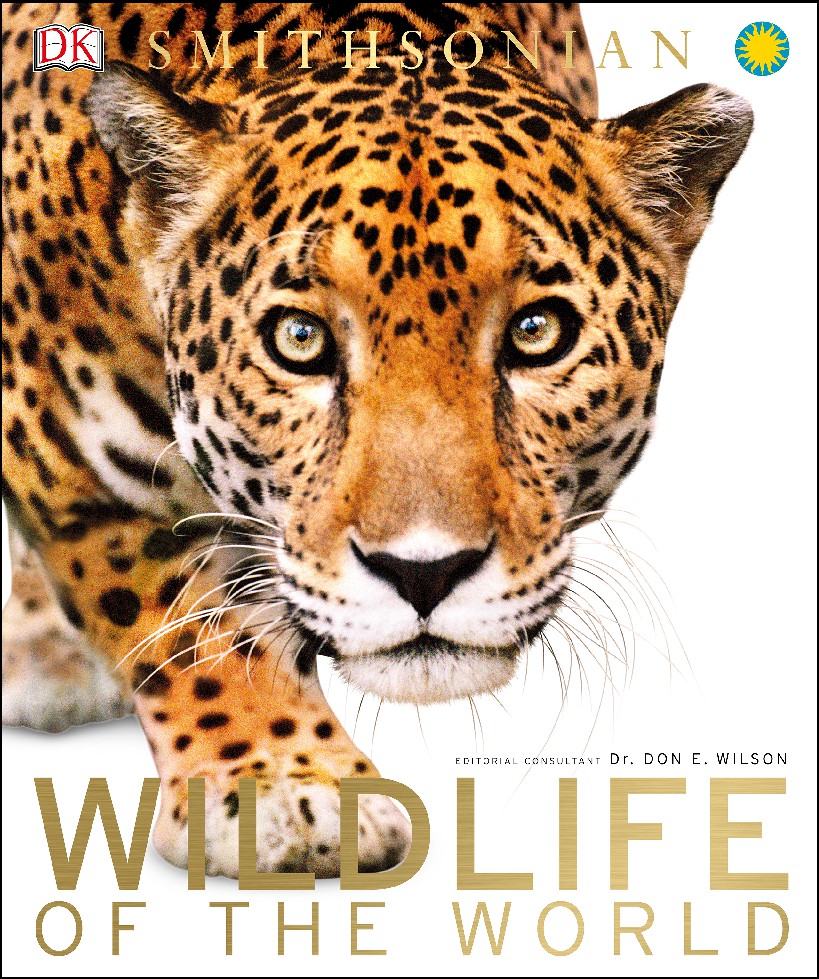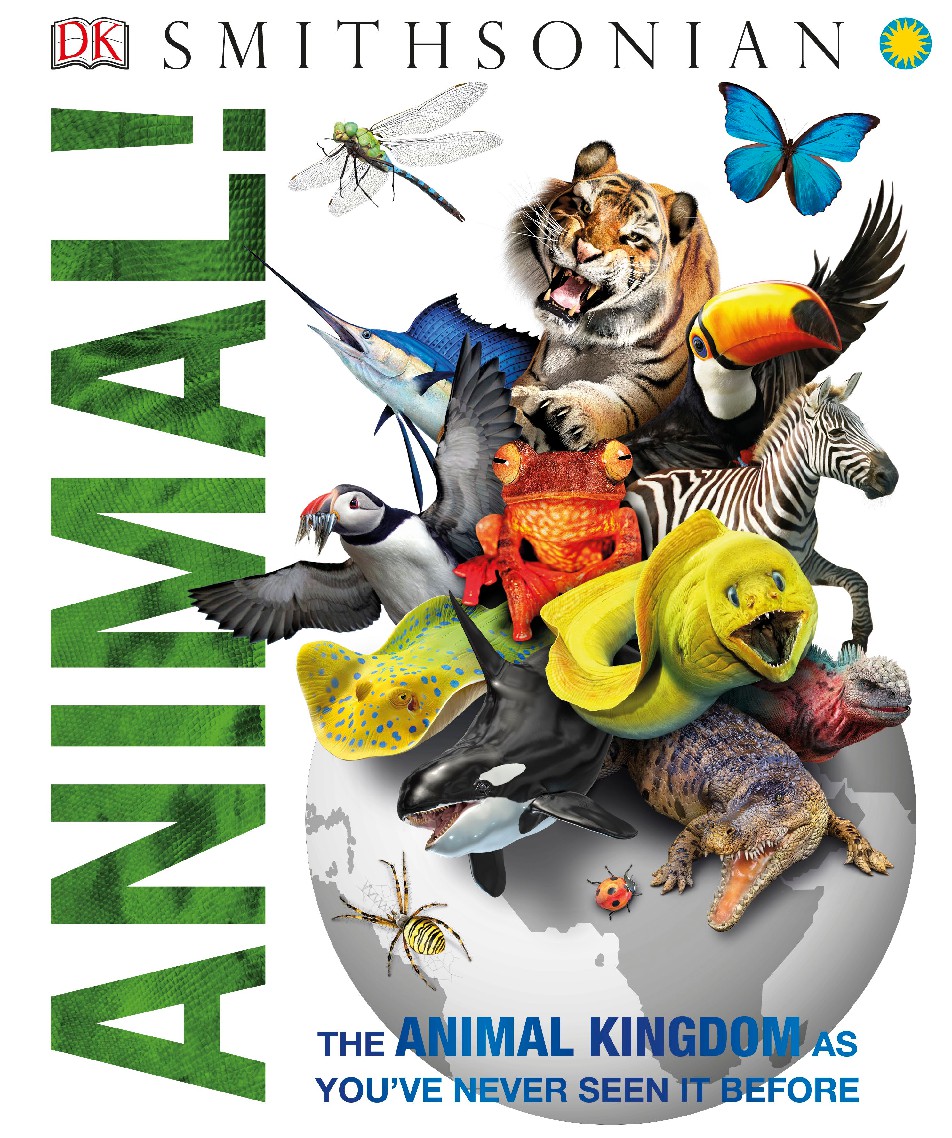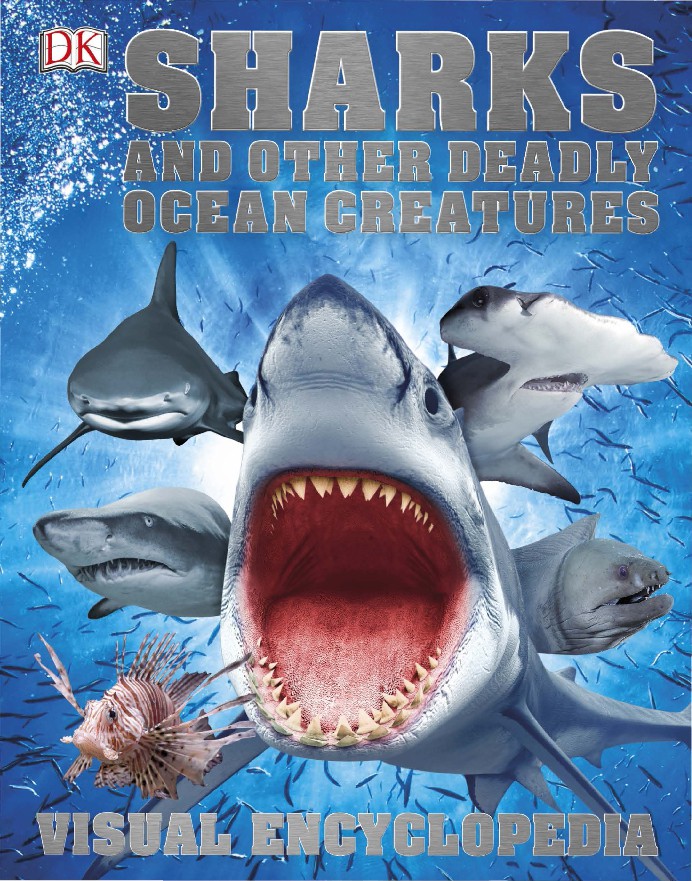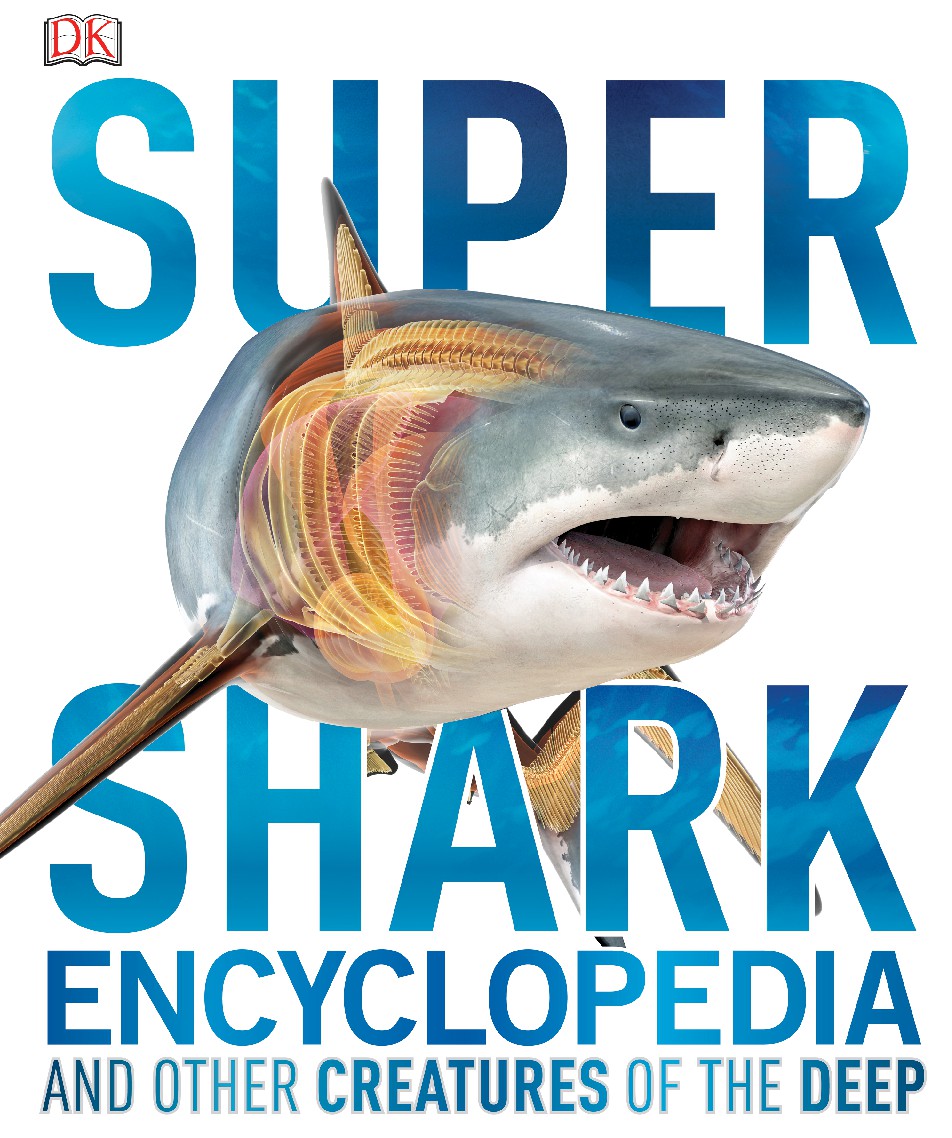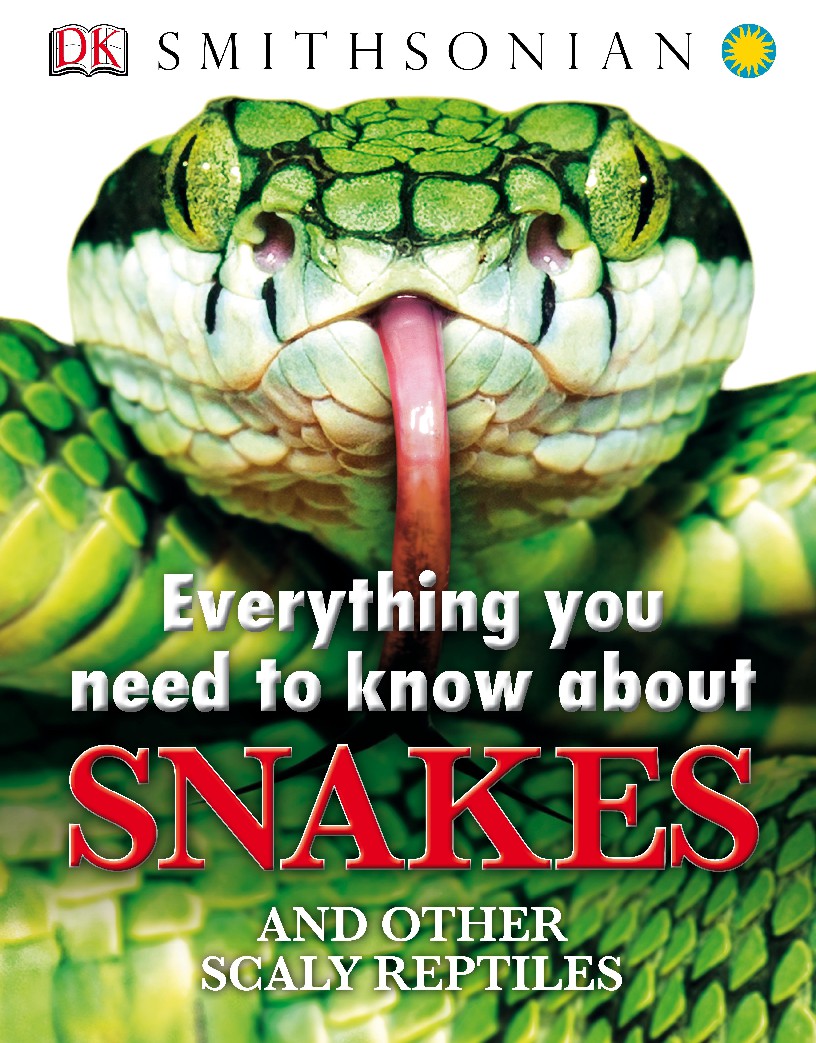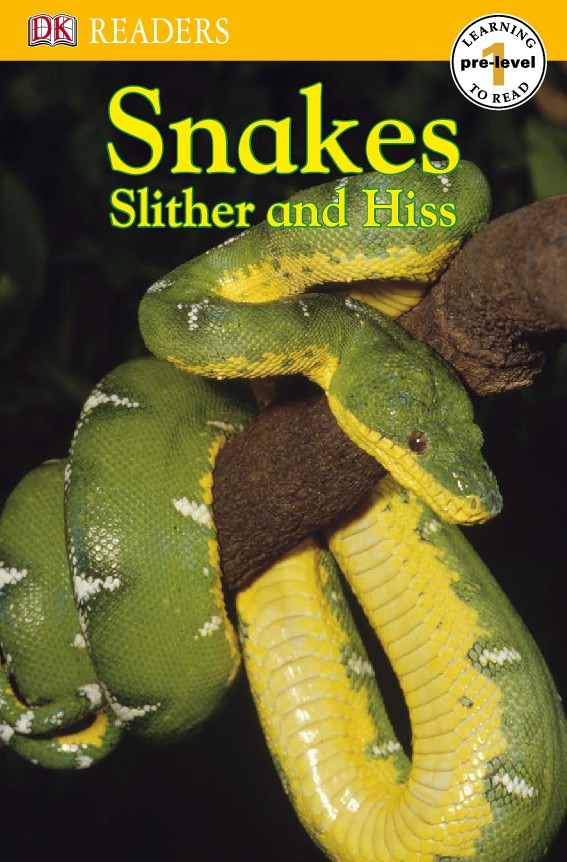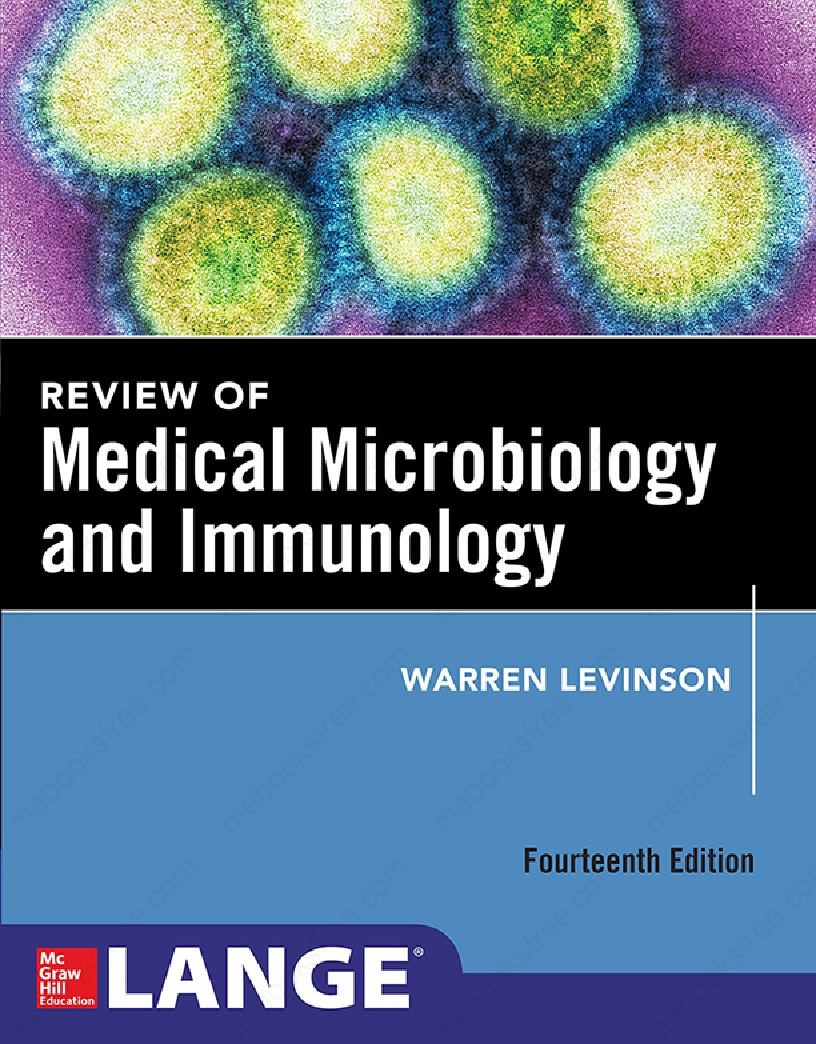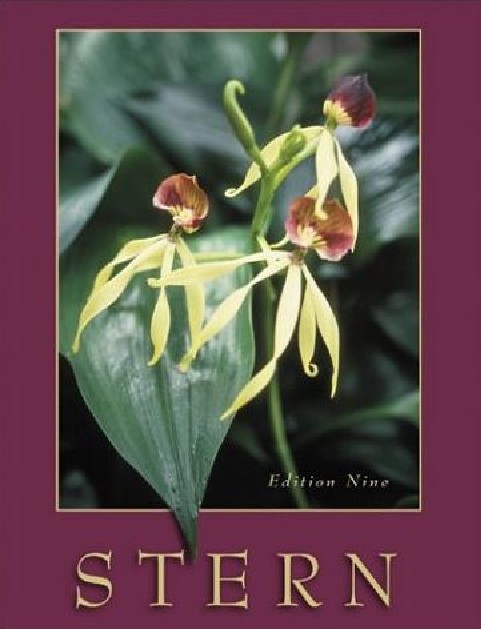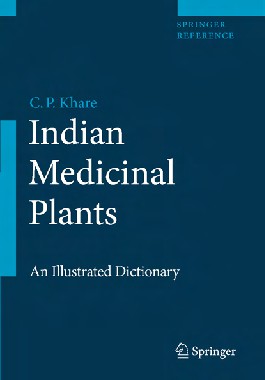Book Details
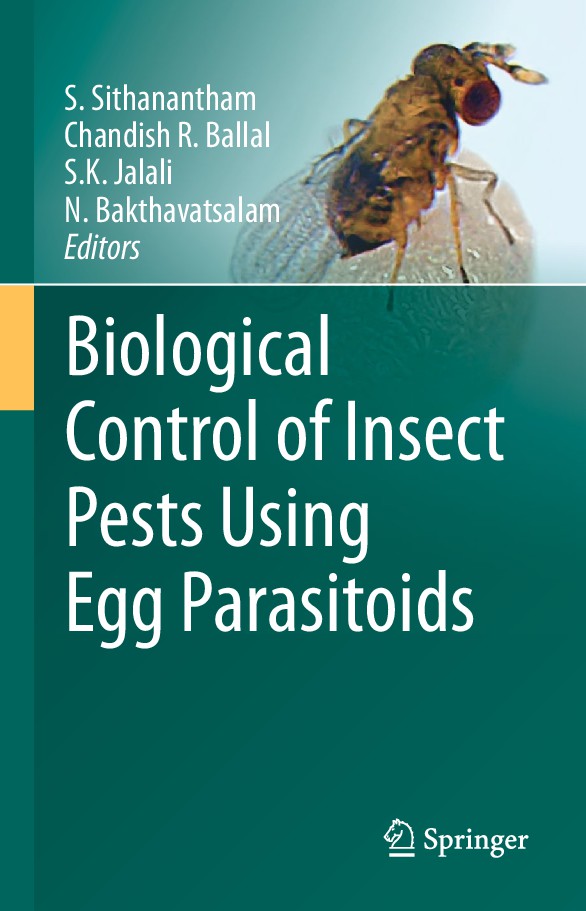
Biological Control of Insect Pests Using Egg Parasitoids
The theme of the book is highly relevant to the current emphasis on environment
conservation, with focus on native biodiversity conservation in agro-ecosystems.
The current impetus being given to organic farming and export oriented agrihorticulture
in the country calls for access to relevant scientifi c knowledge base
among the stakeholders. Research on biological pest control is more than a century
old in India. Egg parasitoids, which are mainly tiny wasps, led by the family
Trichogrammatidae, are the most widely utilized natural enemies for biological
control globally. Over 30 countries are using these bioagents to protect over 10 million
hectares of agricultural and forestry crops from many important insect pests.
The book comprises 18 chapters, which are arranged in continuum, commencing
with basic aspects of knowledge and ending in their utilization targets. The chapters
cover broadly four areas: bio-diversity and natural occurrence of egg parasitoids,
behaviour and adaptation of egg parasitoids, mass production and safe use of egg
parasitoids and utilisation of egg parasitoids in different crop ecosystems. Some
of the chapters cater to the needs of discipline-wise update on the current R&D
scenario- like insect taxonomy, biotechnology, mass-production and quality control
of the target organisms – egg-parasitoids, which are useful for laboratory scientists/
researchers. There are also chapters devoted to knowledge status and scope for
utilization of egg parasitoids in different target crops, which cater to requirements
of fi eld entomologists and extensionists for use in their tasks of guiding farmers/
local guides.
The book is different in approach, method, structure and content and ensures
holistic coverage of the topic. The chapters are written by active and experienced
workers in different crops and aspects and co-edited by four very experienced
experts who have over three decades R&D experience in the subject. All the authors
have uniformly focussed on comprehensive literature study and critical identifi cation
of knowledge gaps for future R&D; thus the book is novel in outlook, up-to- date in
content and comprehensive in coverage of themes.
Author: Dr. A.V. Navarajan Paul
Pages: 435
Issue By: eBook 707
Published: 3 years ago
Likes: 0
